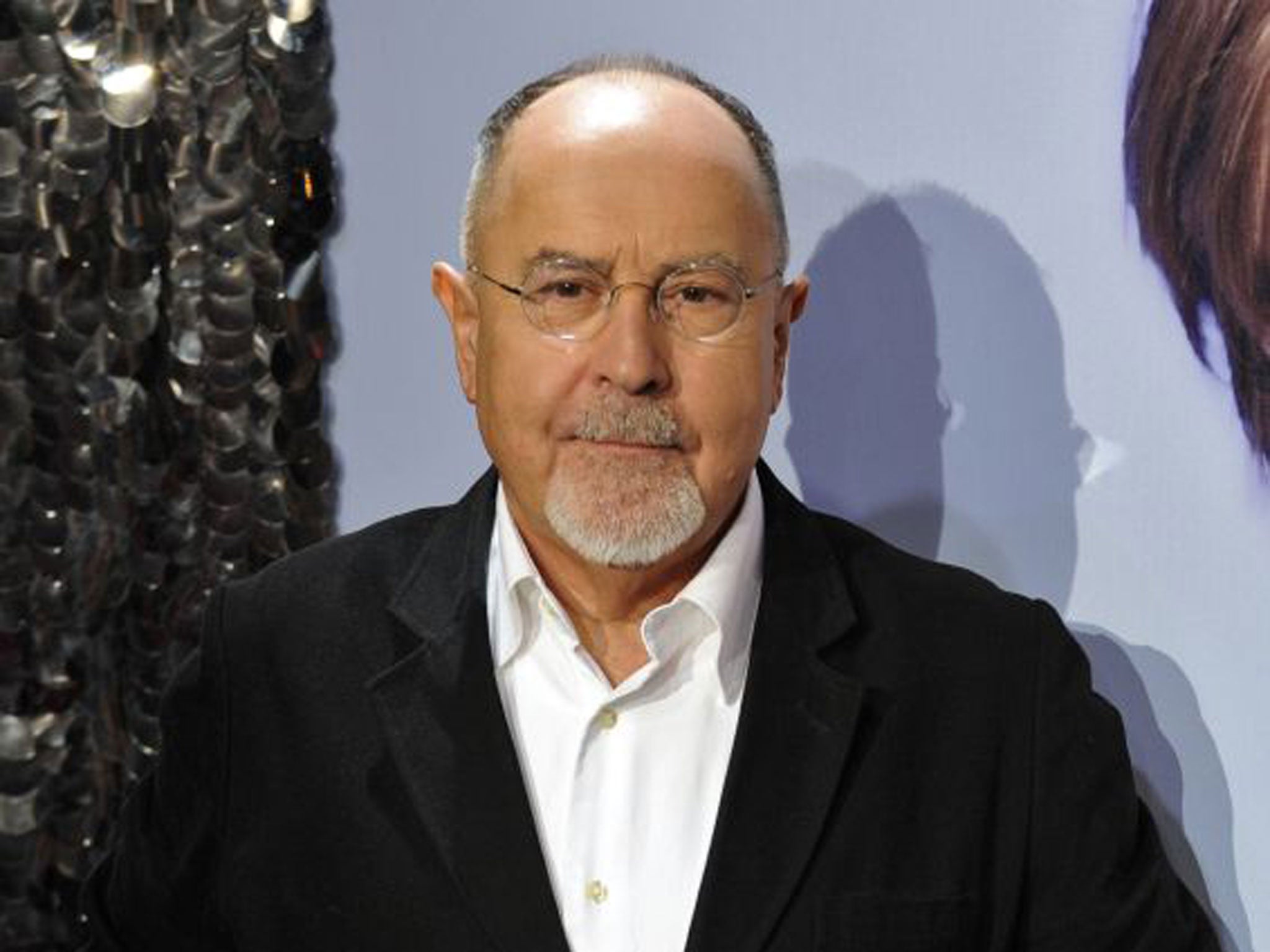Bigas Luna: Director best known for his surrealist melodrama Jamón Jamón

Bigas Luna was best-known as the Spanish film director who simultaneously launched the film careers of Penelope Cruz and Javier Bardem – and he did so in a surreal, sexually charged 1992 melodrama, Jamón Jamón (“Ham, ham”), which was arguably the high point of his chequered, iconoclastic filmography.
Luna was part of a wave of new film-makers that emerged in Spain following Franco’s death in 1975 – and 20 years after its release, when it won a Silver Lion award at the Venice Film Festival, Jamón Jamón remains a cult classic. It is as memorable for its image of Cruz using a testicle ripped from a gigantic black billboard bull to shelter from a torrential rainstorm, as it is for the scene where rival lovers Bardem and Jordi Mollà duke it out with two legs of cured ham.
In stretching time-worn Spanish clichés in highly unlikely directions in a rumbustiously fast-paced plot, as well as having a number of main characters with feverishly hyperactive sex drives, the film owed a huge debt to Spain’s top director, Pedro Almodóvar – who went on to use Cruz in several of his films. But, unlike Almodóvar, who is most at home in up-town urban landscapes, the action in Jamón Jamón takes place exclusively in deepest, darkest rural Spain.
If Almodóvar was one big influence on Luna’s work, Salvador Dali – a close friend after Luna sold him one of his paintings – and Spanish surrealism were others. In particular, the Jamón Jamón backdrop of wild semi-desert was as empty as any of Dali’s dream-like landscapes, and equally effective at drawing attention to the few objects in it – like the ham factory where Bardem works, the local brothel and, of course, the giant bull. And if sex of the earthy variety is one of the film’s main motors, so too is a hotchpotch of traditional Spanish art and food – from Goya-esque fight scenes to potato omelettes, from references to Catalan religious imagery to garlic, ham and paella.
Part of an Iberian trilogy, Jamón Jamón was followed by Huevos de Oro (“Golden Balls”, 1993) and La Teta y La Luna (“The Tit and the Moon”, 1994), both of which confirmed surrealism and eroticism as two of Luna’s main influences. However, they lacked the first film’s robust charm, as well as its humour, and almost seemed to caricature his previous output.
Art, too, figured again in one of his other best-known films, Volavérunt (1999), which centres on Goya’s paintings, while one of his earliest films, Bilbao (1978), centres on a lonely middle class man, trapped in a loveless marriage, who falls for a stripper.
Reborn (1981), his only film in English, starring Dennis Hopper as a TV evangelist, and the horror film Angustia (“Anguish”, 1987), were equally unsettling and offbeat. But while the highly charged erotic drama Las Edades de Lulu (“The Ages of Lulu”, 1990) was both Bardem’s first accredited film and finally gained Luna a mass-market audience, Jamón Jamón, for many, remains unequalled amongst his 20 or so films.
Luna stayed close to almost all of Jamón Jamón’s ingredients, having headed for the countryside near Tarragona to run a organic farm whilst owning a cafe in Zaragoza that attracted custom with both strippers and gourmet ham.
On his death, Luna was in the middle of pre-production for his film of the science fiction novel De Segundo Origen (“Secondary Source”) by Catalan writer Manuel De Pedrolo: unsurprisingly, the role of art and sexuality both feature strongly in the original work. Bardem and Cruz, meanwhile, who married in 2010, have both become Spanish film royalty, with Bardem thanking Luna after his death for “a career I could not have dreamed of having.”
José Juan Bigas Luna, film director: born Barcelona 19 March 1946; married Celia (three daughters); died Tarragona 6 April 2013.
Subscribe to Independent Premium to bookmark this article
Want to bookmark your favourite articles and stories to read or reference later? Start your Independent Premium subscription today.

Join our commenting forum
Join thought-provoking conversations, follow other Independent readers and see their replies